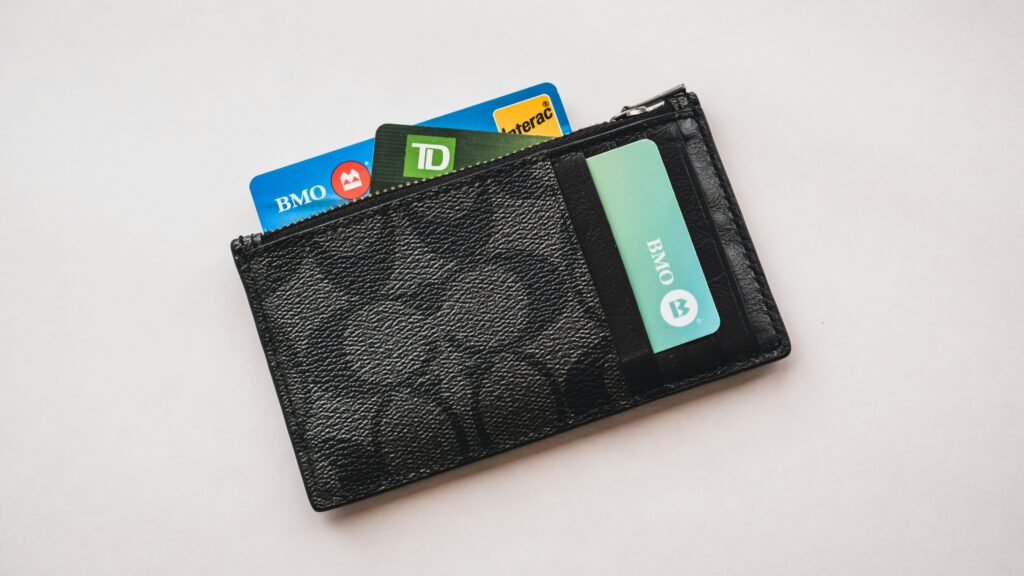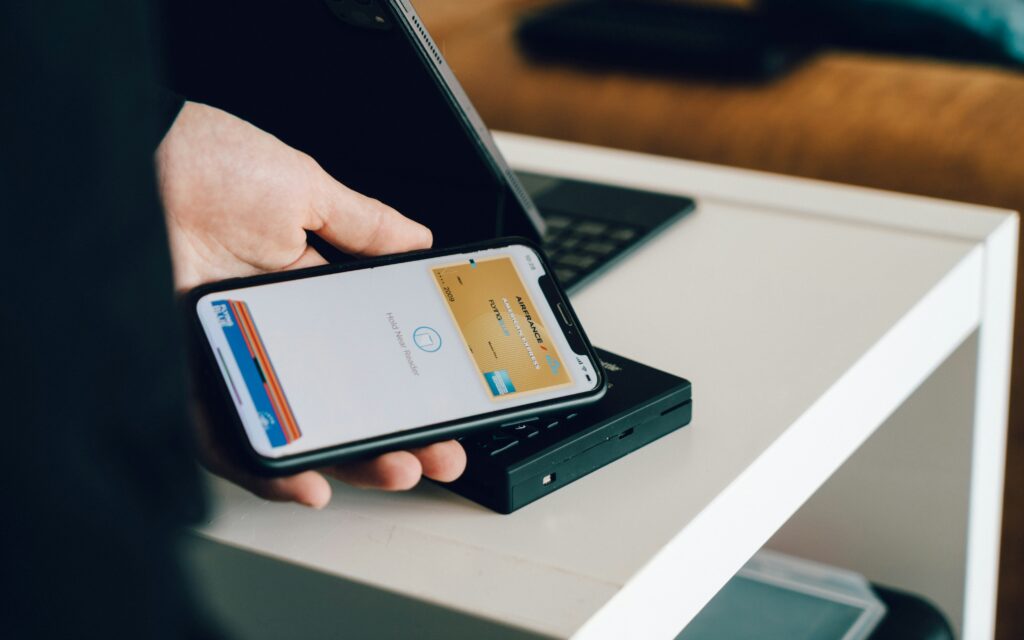
Let’s be perfectly clear: if you still think of mobile phone credits as just a simple prepaid balance for calls and texts,
you are missing one of the most significant economic transformations of the 21st century.
This is not mere hyperbole. The balance on a mobile phone has evolved into a potent and flexible financial instrument.
It is a dynamic digital currency that is actively dismantling financial barriers, powering vast digital economies,
and providing critical economic access to billions.
The quiet rise of mobile phone credits represents a fundamental shift in how
value is stored, spent, and transferred, making it imperative to understand their true economic weight.
From Scratch Cards to Global Transactions: A High-Speed Evolution
The history of mobile phone credits is a story of explosive growth and technological disruption. Initially conceived in the 1990s as a “pay-as-you-go”
model to bring mobile phones to the masses, the system has outgrown its humble origins. We’ve moved decisively beyond the era of physical scratch cards and manual PIN entry.
Today, loading and using mobile phone credits is a seamless digital experience. The most crucial development in this evolution has been the integration of Direct Carrier Billing (DCB).
DCB is a payment method that allows consumers to make purchases by charging the cost directly to their mobile phone bill
or deducting it from their prepaid balance.
This technology effectively turns a mobile phone number
into a payment credential, eliminating the need for a traditional bank account or credit card for digital transactions.
As a result, companies in media, gaming, ticketing,
and other digital service sectors have gained a direct, low-friction channel to a massive customer base, particularly in emerging markets where credit card penetration remains low (Wikipedia, n.d.).
The New Digital Marketplace: What Your Credits Command
The utility of mobile phone credits now extends far beyond the services of the mobile network operator. They function as a legitimate micro-transaction currency, enabling a staggering variety of purchases and services.

1. A Gateway to the App Economy: The most powerful application of mobile phone credits is in the global digital marketplace. Through Direct Carrier Billing, your prepaid balance is a primary key to unlocking:
- Applications and In-App Content: Major storefronts like the Google Play Store and Apple’s App Store widely support DCB. This allows users to purchase premium apps, unlock features, and buy in-game items or currency without ever entering credit card details.
- Digital Subscriptions: Paying for streaming services such as Netflix, Spotify, and local media platforms is now commonplace using mobile credits. This recurring payment model provides stable revenue for content providers and unmatched convenience for users.
- Digital Media: Consumers regularly use their phone balance to rent or buy movies, purchase e-books from various platforms, and acquire music tracks and albums.
2. Real-World Services and Micropayments: The application of mobile credits is increasingly bleeding into the physical world. In numerous cities, these credits are used to pay for public transportation fares, parking meters, and even items from vending machines. Furthermore, they are a dominant force in charitable giving, with “text-to-donate” campaigns providing a frictionless way for people to support causes they care about. This broad utility proves that mobile phone credits are not just for the digital realm but are a versatile tool for everyday life.
Fueling Global Economies: The Unassailable Impact of Mobile Money
It is impossible to overstate the socio-economic importance of mobile money, the formal financial system built upon mobile phone credits. In many developing nations, mobile money is not just an alternative; it’s the primary financial infrastructure.
The statistics are staggering. According to the GSMA’s 2024 “State of the Industry Report on Mobile Money,” the industry processed approximately $1.68 trillion in transactions in 2024 alone, with over two billion registered accounts globally. This isn’t just a niche market; it’s a mainstream financial service that is actively driving economic growth. The report emphatically states that at the end of 2023, the total GDP of countries with mobile money services was $720 billion higher than it would have been otherwise, directly attributing a 1.7% increase in GDP to the impact of mobile money (GSMA, 2025).
This economic empowerment stems from mobile money’s ability to provide essential financial services savings, credit, and insurance to populations that have been historically unbanked. By reducing transaction costs and improving security, mobile money fosters entrepreneurship, enables more efficient risk-sharing through remittances, and gives households the stability to weather financial shocks (VoxDev, 2023).
This system’s power is also evident in global travel and connectivity. Consider a tourist planning a trip. While researching things to do in London, they can use their mobile phone’s payment options to purchase a Visitor Oyster card or book tickets for attractions directly, with the charge appearing on their phone bill. This seamless integration of travel and mobile finance is a testament to the global interoperability that mobile phone credits now enable.
Mastering Your Digital Currency
Given their immense value, it is critical to manage your mobile phone credits with the same diligence as the money in your bank account. You must be proactive. Regularly check your balance through your carrier’s app, actively seek out promotional bundles that offer better value for data and calls, and be acutely aware of expiry policies that could lead to the forfeiture of your balance.
In conclusion, mobile phone credits have fundamentally and irrevocably changed the financial landscape. They are a robust, secure, and incredibly accessible form of digital currency that has unlocked economic potential for billions of people and trillions of dollars in economic activity. To view them as anything less is to ignore one of the most powerful forces shaping the modern global economy.
References
- GSMA. (2025). The State of the Industry Report on Mobile Money 2025. Retrieved from GSMA official website.
- VoxDev. (2023). What are the impacts of mobile money? Retrieved from VoxDev.org.
- Wikipedia. (n.d.). Direct carrier billing. Retrieved from https://en.wikipedia.org/wiki/Direct_carrier_billing.
